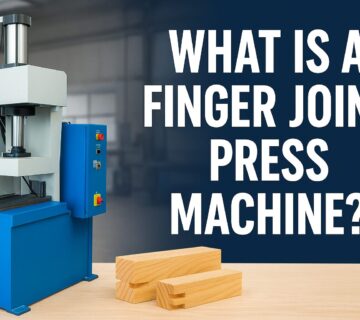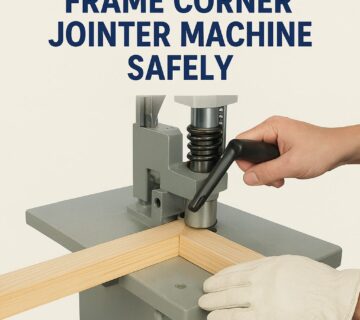Multi Plank Ripsaw: Achieve Lumberyard Efficiency in Your Workshop

The multi plank ripsaw, also known as a gang rip saw or a multi-blade ripsaw, is a game-changer for woodworkers and lumber processors who deal with high-volume ripping tasks. Imagine this: instead of painstakingly ripping a single plank at a time with a table saw, you can feed multiple planks through a multi plank ripsaw and achieve production line efficiency in your workshop.
Unleashing Ripping Power
Here’s how a multi plank ripsaw streamlines your workflow:
- Multiple Blades, Maximum Output: Equipped with several circular saw blades spaced precisely apart, these machines can simultaneously rip multiple planks from a wider board in one pass. This significantly boosts your ripping speed and productivity.
- Precision Cutting: High-quality multi plank ripsaws offer adjustable blade widths and feed rates, allowing you to achieve consistent and accurate rips for various project requirements.
- Thickness Control: Some advanced models feature adjustable table heights, enabling you to control the final thickness of the ripped boards.
Applications for the Multi Plank Ripsaw
These powerful machines are ideal for various tasks:
- High-Volume Lumber Ripping: Furniture makers, cabinet shops, and lumberyards can significantly increase their ripping output with a multi plank ripsaw.
- Reclaimed Wood Processing: For projects using reclaimed wood, a multi plank ripsaw efficiently removes uneven edges and creates usable boards from larger salvaged pieces.
- Ripping for Edge Gluing: Creating thin boards for edge gluing projects becomes a breeze with the speed and precision of a multi plank ripsaw.
Choosing the Right Multi Plank Ripsaw
With various models available, here are some factors to consider when selecting your machine:
- Number of Blades: Machines typically come with 3-5 blades, depending on your desired ripping capacity.
- Motor Power: Choose a motor powerful enough to handle the thickness and hardness of the wood you’ll be ripping.
- Cutting Height and Width Capacity: Ensure the machine can accommodate the maximum thickness of lumber you plan to rip and the desired final board width.
- Safety Features: Look for features like blade guards, riving knives, and automatic shut-off mechanisms to prioritize safety during operation.
Beyond the Machine: Tips for Success
- Sharp Blades are Essential: Maintain sharp saw blades for clean cuts and optimal performance.
- Proper Feeding Technique: Use a steady and controlled feeding technique to ensure accurate rips and avoid blade binding.
- Dust Collection is Key: A dust collection system helps maintain a clean work environment and protects the machine.
- Safety First: Always follow safety protocols when operating the machine, including wearing proper eye protection and adhering to lockout/tagout procedures.


No comment